The world’s largest stoat eradication project is being carried out on Orkney, but why are the animals such a problem?
Without foxes, badgers and weasels the archipelago is a haven for unique native wildlife and endangered ground-nesting birds.
But this peace was abruptly disturbed in 2010 when stoats were first spotted — and they have spread quickly since.
It is unknown how the invasive species arrived, but the Orkney Native Wildlife Project — a partnership between RSPB Scotland, NatureScot and Orkney Islands Council — has been fighting to bring them under control.
Project manager Sarah Sankey says despite there still being stoats, there are “really, really good signs” that the native wildlife is responding to their efforts.
She spoke to the Press and Journal to explain what is being done to remove the stoats from Orkney, and why they must be eradicated.
Read on to find out:
- Why stoats are really such an issue on Orkney
- The detection methods, including sniffer dogs
- How the project is going so far
- And why a 22-year-old from Devon has moved to be involved in the project
So why are stoats a problem on Orkney?
While stoats may be a native wild animal across the UK, Orkney had none until 2010. Since then, they have spread 225 square miles across the mainland and linked isles.
According to Sarah, the animals can disperse quite far, with males being capable of running hundreds of kilometers and impregnating every female in a den.
But why is this a problem?
“Stoats are agile, really skilled predators,” Sarah explained. “They’ve got a really high metabolic rate, so they eat a lot.
“If stoats were human-sized, they’d be eating the equivalent of just over 40 fish suppers every day.”
The archipelago is home to the Orkney vole — a unique animal that is very different from a field or bank vole.
And the stoats are ideally placed to eat the Orkney voles, which will keep them fed all year round.
Sarah added: “Stoats shoulders are very narrow, so they just fit down the holes and eat a lot of the Orkney voles. We know that from finding remains in dens and stomachs.
“In one den, there were more than 100 remains of Orkney voles.”
What else is at risk from the stoats?
It’s not just the vole population at risk from the cunning predators though.
Orkney is also home to endangered ground-nesting birds like curlews and hen harriers, but the small mustelid will also eat their eggs and even their chicks.
They also eat the prey that hen harriers and short-eared owls depend on, which is having a knock-on effect.
“Obviously the key thing in Orkney is that we don’t have anything to control the stoat population,” Sarah said. “If you think about stoats across Scotland and the UK, they’re controlled by things like foxes, badgers, eagles, buzzards, and we don’t have much of any of those.
“So we don’t have a predator that’s under control, we have a predator that’s veering out of control. And with a predator that’s out of control, they will keep going until with no food left.
“To be honest I think the only things that are safe are marine mammals.”
What is the Orkney Native Wildlife Project doing to bring stoats under control?
There were early attempts to trap the stoats, and while there was some success they weren’t all caught and subsequently spread across the mainland and linked isles.
After a series of trials and assessments, it was found that eradication was the only way to safeguard Orkney’s wildlife.
The partnership was formed and community engagement carried out before the first traps were set up in autumn 2019.
After a successful spell of trapping over the winter, the project was stopped in its tracks by Covid. The team couldn’t access land and trapping had to be stopped, giving the stoat population a chance to recover.
The project wasn’t started back up until early 2021. Now, there are more than 8,000 trap boxes across the island (with landowners permission) and the team has carried out just over 450,000 trap checks of the boxes.
Humane and legal kill traps are being used, meaning the stoat is killed immediately once it enters the trap.
These traps are weighted, meaning if an animal is too small it won’t set off the trap. The team also baits the traps to attract stoats, and they are “not an attractive place” for prey animals.
“We are facing a significant challenge,” she explained. “I think the thing that makes it even more so is the only other country that has tried to eradicate stoats before is New Zealand.
“And in New Zealand, they can use an array of poisons that are not legal to use in the UK, so we are having to write and trial our own methodology, which is just adding another unique twist to the project.”
How are dogs involved in controlling the stoat population?
The team has nine dogs and they are all trained like drug and bomb sniffer dogs — but these canines specialise in finding and indicating on stoat poo.
Sarah says the dogs are “crucial to pretty much every part of the project”.
The dogs search areas on Orkney to find where the stoats are so the team can start target-trapping. Once they’ve removed the animals, the dogs will check again — if they don’t pick up any scents the traps will be moved on to the next spot.
On the islands that stoats haven’t reached, or if there’s been a reported sighting, the dogs are also used to effectively find out if any have been there.
Sarah added: “The dog is like the most confident measure we’ve got to say, yay or nay, there’s a stoat.
“They just have an amazing sense of smell, it’s way beyond anything we could ever hope for.”
Meanwhile, the tracking dogs will show their handler how a stoat is using an area. They will follow the trail of an animal, meaning the team can set up traps more efficiently.
At the end of the eradication, the dogs will be used to confirm whether the project has been successful and there will be systematic searches of Orkney to make sure the island is still stoat-free.
They will also be used for checking cargo coming into Orkney to make sure a stoat population isn’t reestablished.
Watch a detection dog at work:
Thousands of stoats caught so far
To date, more than 6,600 stoats have been, which has really brought the population down.
The animals have been contained to five islands, rather than spreading to 70 because they are being managed so effectively.
And, the team is also monitoring the impact on the native wildlife — and the sampling shows that their efforts are working.
Back in 2019 when the stoat population was “probably the highest its ever been” Orkney produced 60 hen harriers. But according to Sarah, there were 160 in 2023.
Curlew nests had about 10% chance of hatching on the Orkney mainland where stoats were rife in 2019, but now there’s a 60% chance.
As for the cute little Orkney voles, their population was “crashing” but now has steadily increased once again which Sarah says is a “really good sign”.
“It’s not their fault,” Sarah sighed. “Everything I’ve said about the stoats that makes them a problem as an invasive species also makes you admire them.
“They’re beautiful animals, nobody wants to be killing them, but left to their own devices they will not only devastate the native wildlife, but they will also spread to the rest of the islands.”
Meet Benjy who moved from Devon to volunteer for Orkney’s stoat project
Nearly 200 people have volunteered to date, and Sarah says they are “crucial” for the project.
Benjy Hayter is currently part of the residential volunteering program, and he moved to Orkney from Devon in September.
He will spend six months volunteering with the project.
The 22-year-old studied zoology at university in Cornwall and has always wanted to pursue conservation as a career — so he thought the volunteering programme would be an opportunity to get experience.
He proudly mentioned that he’s “caught quite a few” already, and he’s hoping to be given his own trapping route as well as get a chance to go out with the dog handlers.
“I feel bad they’re having to be eradicated,” he added. “But it’s the best of all the possible options to deal with them.
“The amount of devastation they’d be causing if we just let them do their thing, I think that the removal of them is justified and the traps are humane. So I don’t have a problem with that way of it, it’s super quick.”
And according to Benjy, the local community has a really “positive outlook” on the project. He chuckles as he tells me that when he says he’s working with the Orkney Native Wildlife Project, the reply is always “are you one of the stoat people?”
Benjy encourages anyone interested in volunteering to get in touch with the Orkney Native Wildlife Project.
He finished: “I’ve loved it so far, and I don’t see that changing.”
Do you want to get involved?
If you would like to volunteer you can find out more online here.
If you spot a stoat, dead or alive, on Orkney you can report it to the team online here.
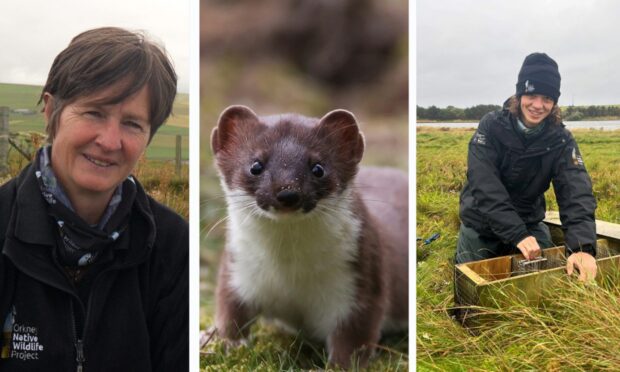
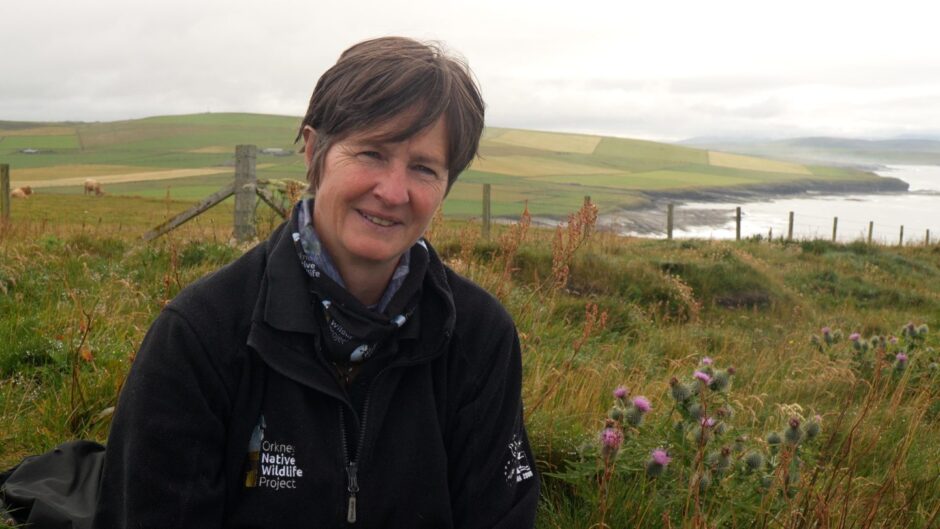
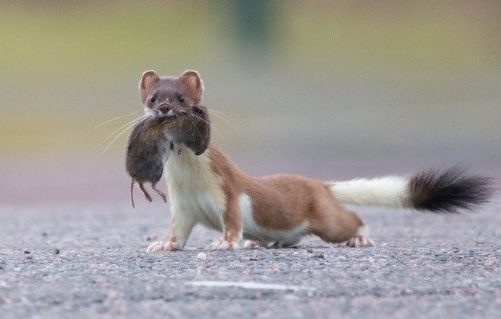
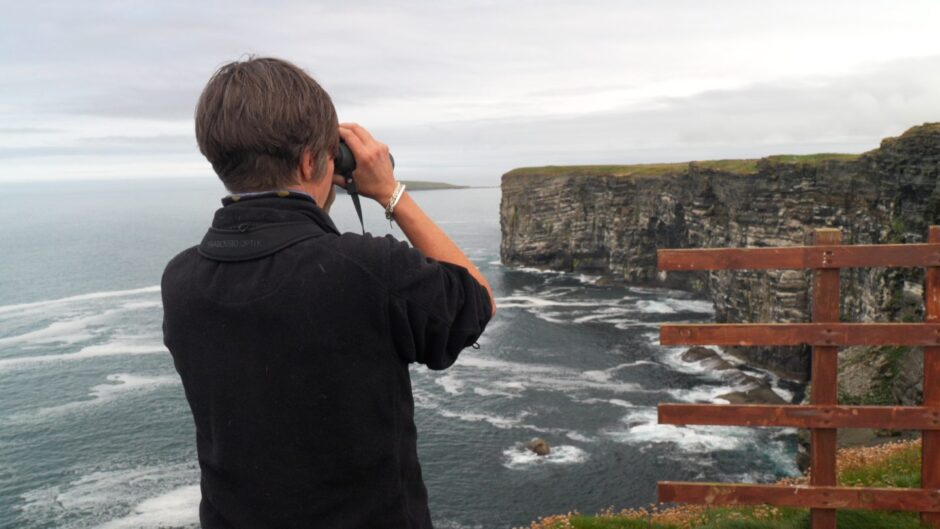
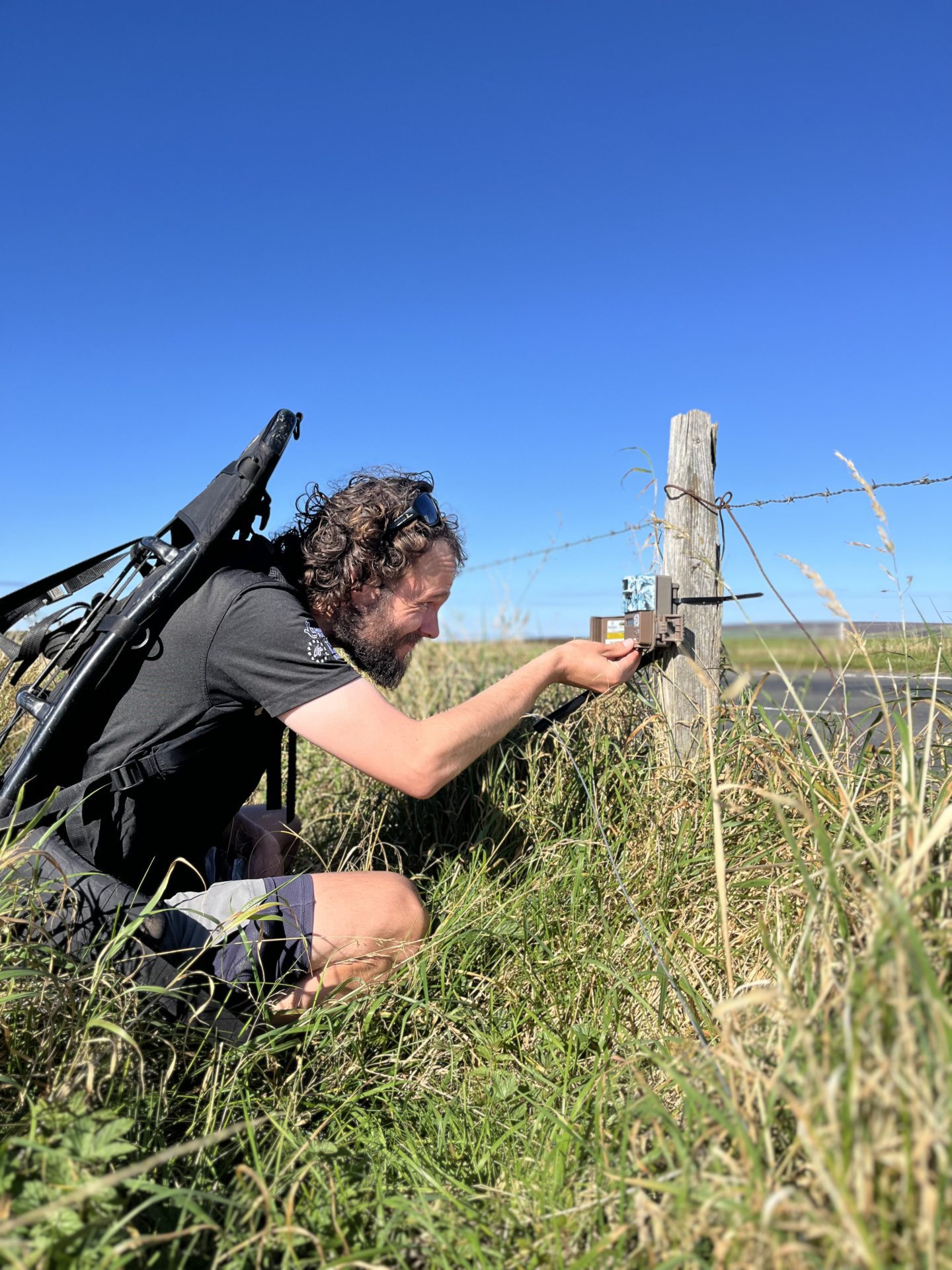
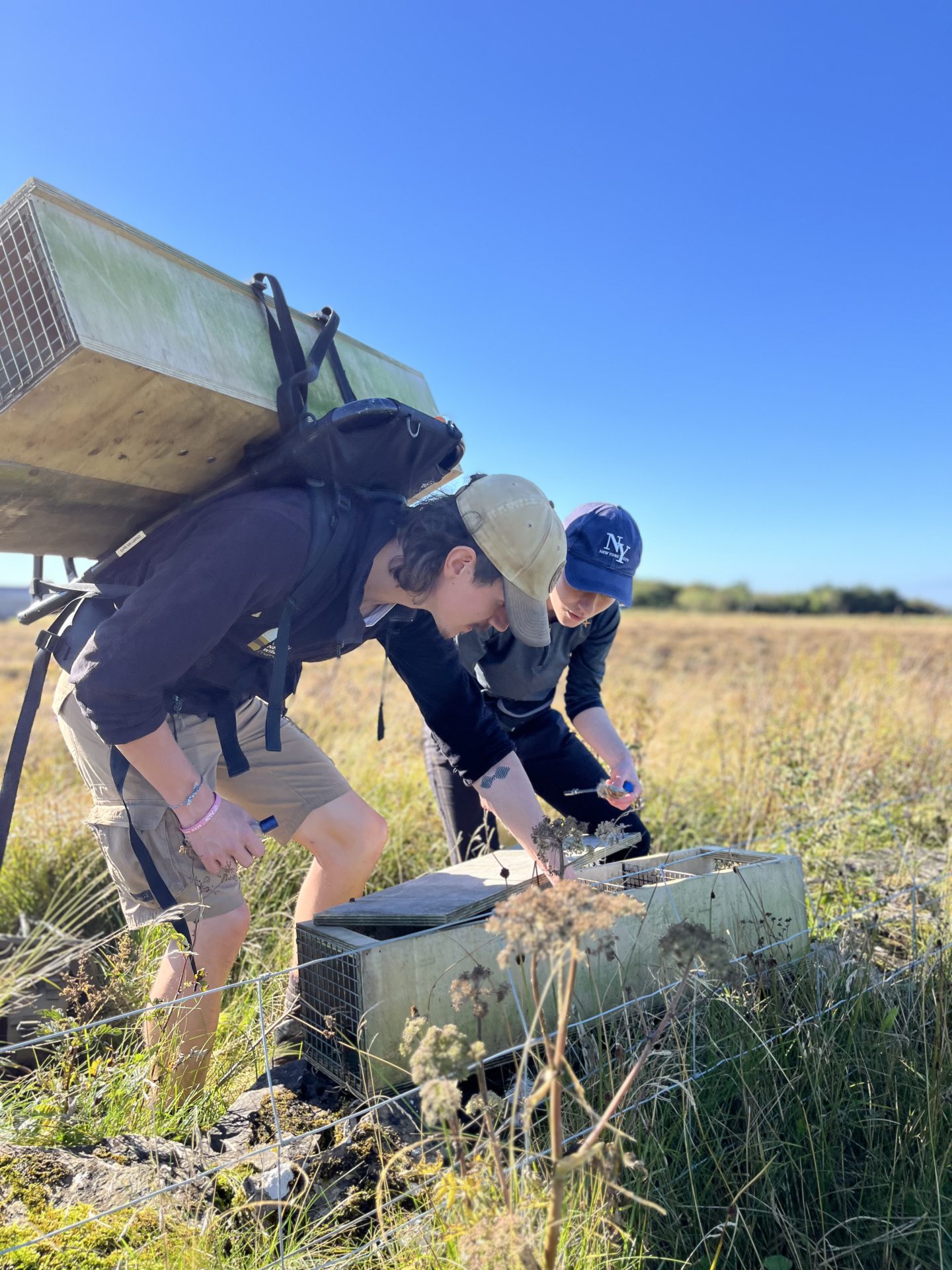
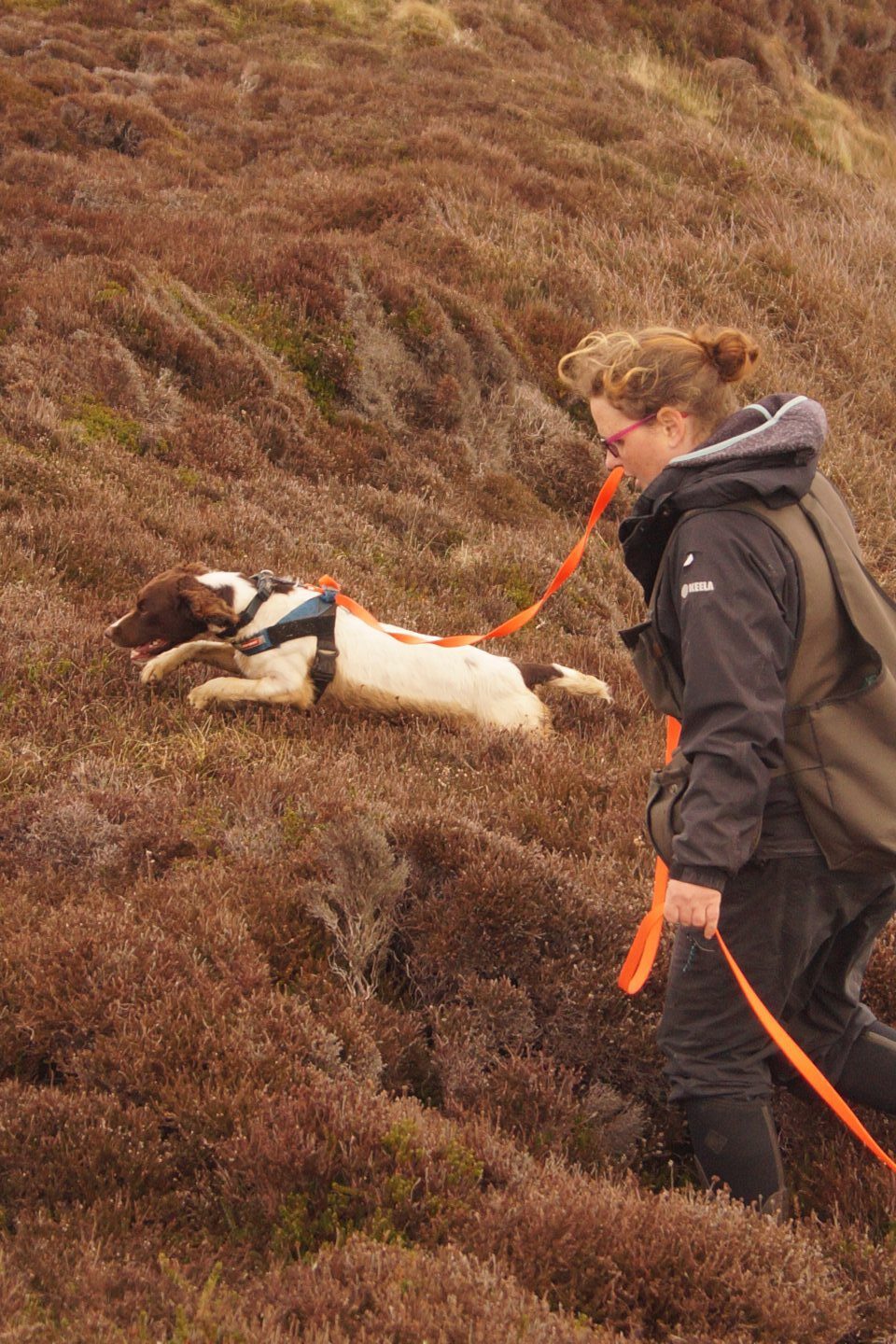
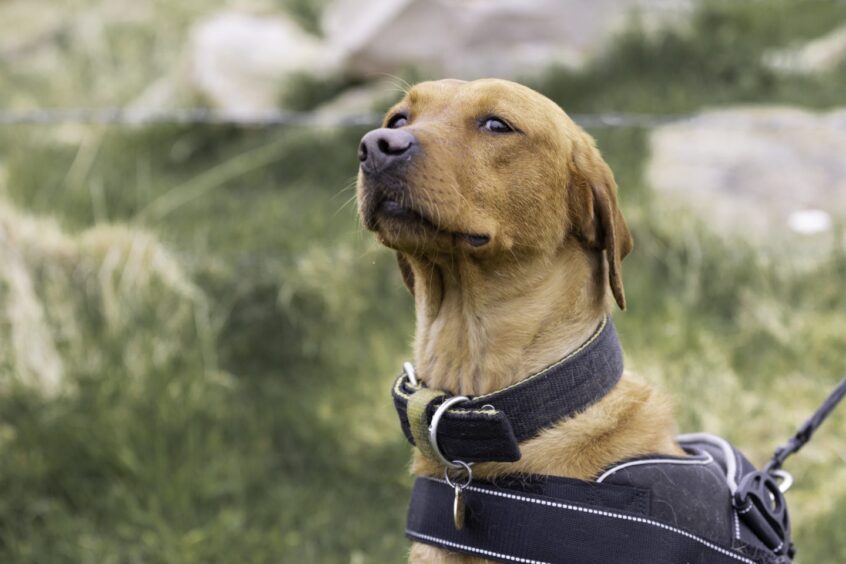
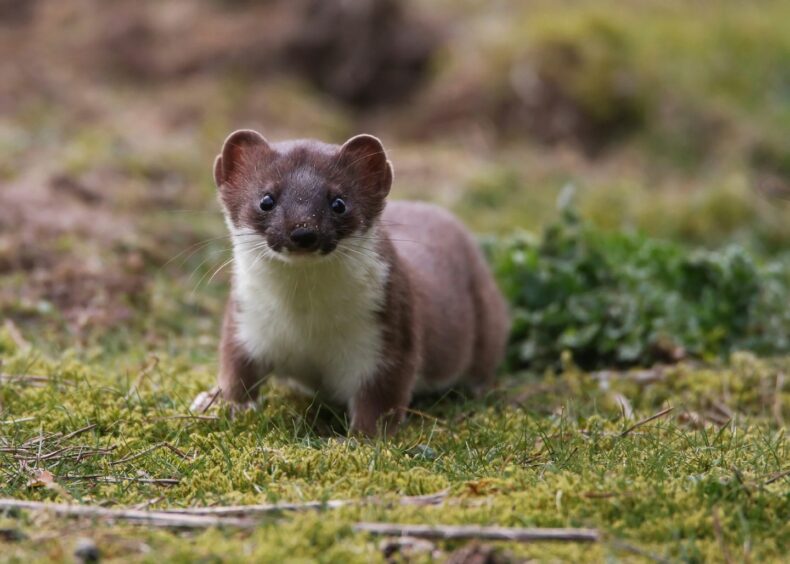
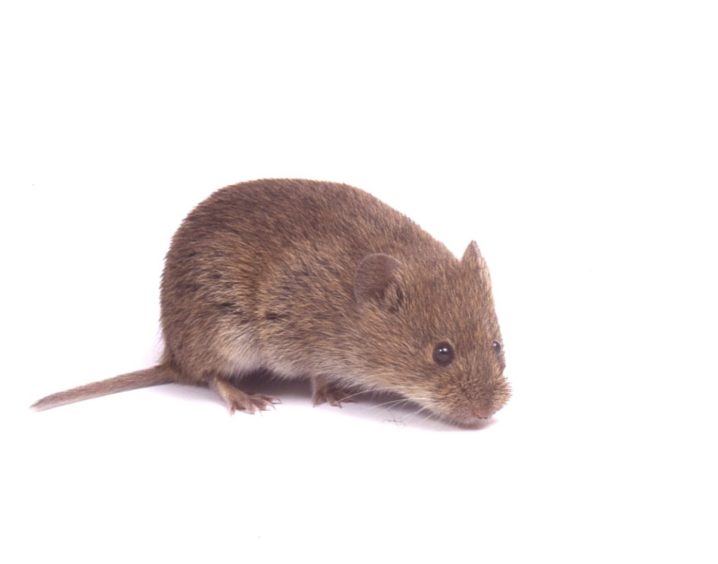
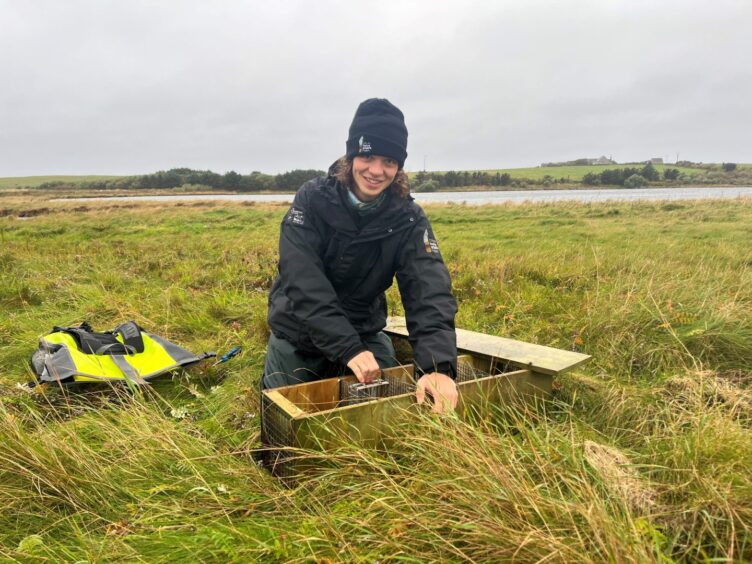
Conversation